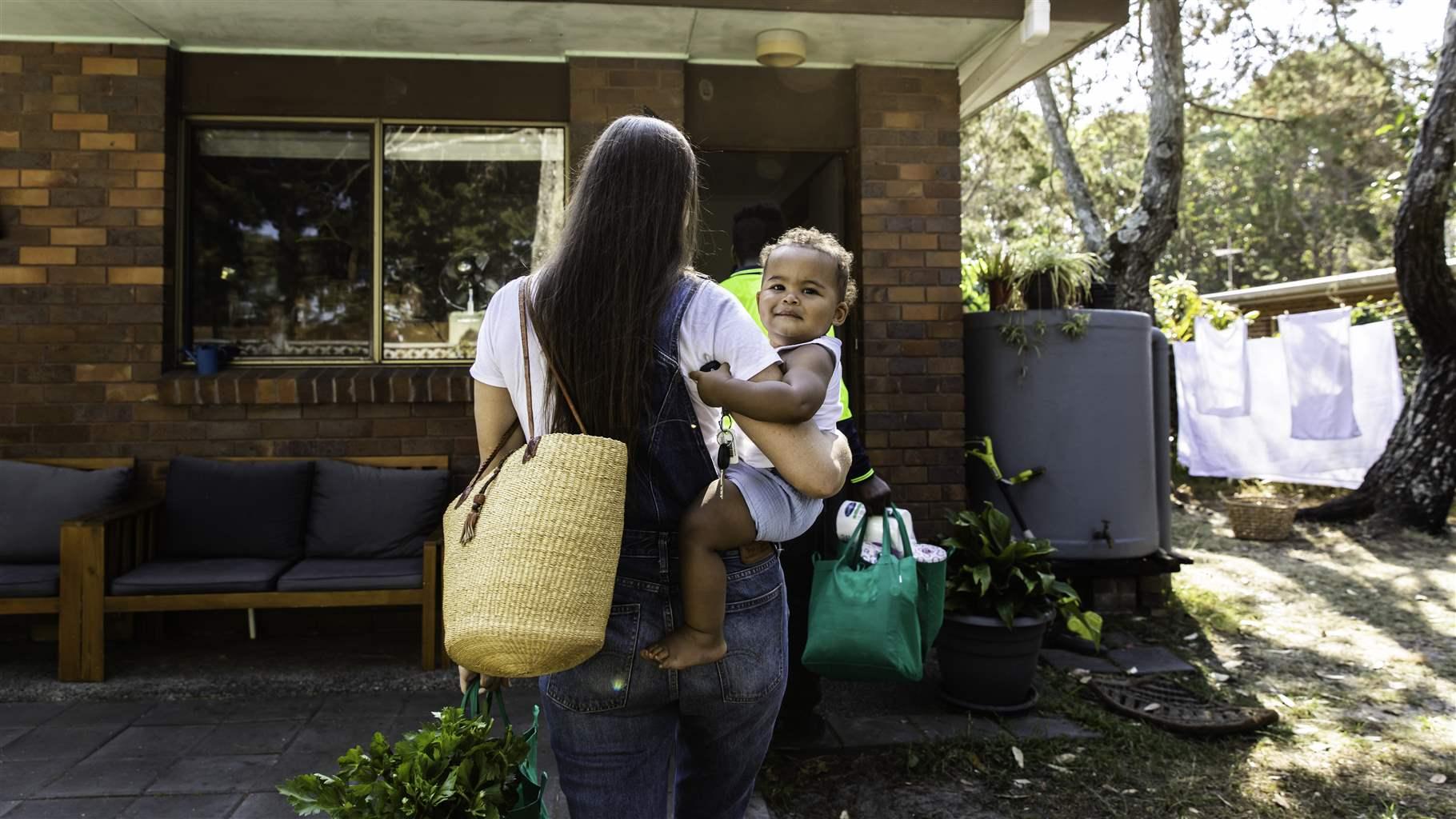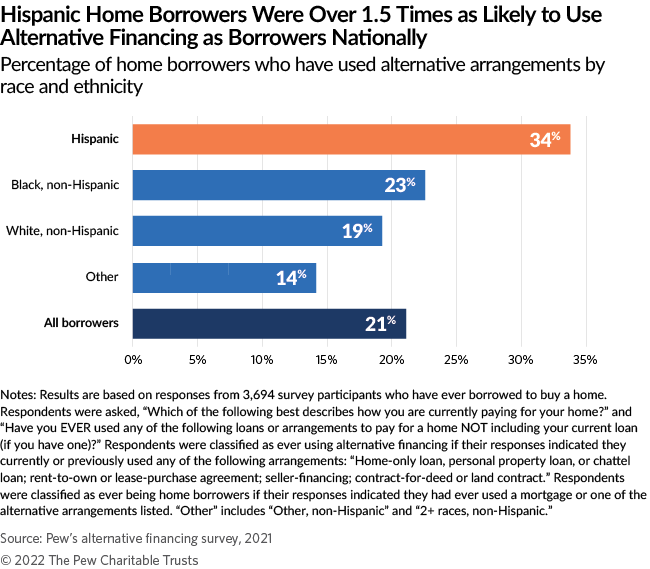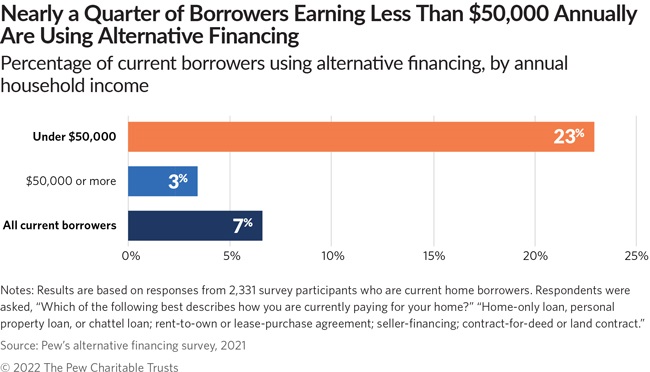HUD Equity Action Plan Aims to Improve Access to Home Financing in Many Underserved Communities
Small mortgages are a key focus of the agency’s initiative

The U.S. Department of Housing and Urban Development (HUD) in April released its Equity Action Plan, aimed at eliminating the racial homeownership gap and boosting equity in homeownership in part by improving access to financing for homebuyers. The plan is part of the Biden administration’s broader whole-government equity agenda and the first from any of the housing or mortgage agencies to be unveiled this year.
Homeownership rates have risen across the board in recent years, but the racial homeownership gap is at its widest in half a century. According to Pew’s analysis of U.S. Census Bureau data, the difference between rates of Black and White homeownership was 24 percentage points in 1970 and 30 percentage points in 2020.
The HUD plan calls for a range of measures to address the gap. It would leverage technology to improve the efficiency of the Federal Housing Administration (FHA) loan program and increase home financing options, among other initiatives. Importantly, it focuses on the limited availability of small mortgages to purchase low-cost site-built and manufactured homes as a barrier to equitable homeownership and steps to increase access to financing for manufactured housing.
Expanding the availability of such mortgages also could help alleviate buyers’ reliance on riskier, costlier alternative financing when attempting to purchase low-cost homes—those valued at less than $200,000. The alternative financing options include land contracts, seller-financed mortgages, lease-purchase agreements, and personal property loans.
Millions turn to risky alternative financing to purchase homes
Some homebuyers turn to alternative financing to purchase low-cost homes in part because of a lack of small mortgages, those for less than $150,000. In 2021, Pew conducted a first-ever national survey on alternative financing and found that 36 million Americans have used these arrangements at some point—sometimes more than once—to attempt to purchase a home. Although some arrangements have more safeguards than others, in general, they have fewer consumer protections and higher costs than mortgages.
Pew’s survey found disparities in reliance on alternative financing by race, ethnicity, and income, reflecting inequities found in the housing market more broadly. Hispanic home borrowers, in particular, are more likely to have used these arrangements than any other race or ethnicity.
Lower-income borrowers also are more likely to use alternative financing. Among all current borrowers, those with annual household incomes under $50,000 were more than seven times as likely to be using alternative financing to buy their homes than individuals with annual household incomes of $50,000 or more (23% versus 3%, respectively).
Reliance on alternative financing is not, however, a story about income alone. The disproportionate use of these arrangements by lower-income families reflects disparities in access to mortgages. Traditional mortgages are the gold standard in home financing because they often have lower costs and more consumer protections than other options. Although low- to moderate-income home borrowers are more likely to seek low-cost homes, and ideally these homes would be financed with a small mortgage, the only option available often turns out to be alternative financing. That tends to be the case even if borrowers are mortgage-ready, meaning they could reasonably qualify for and repay a mortgage.
As HUD noted, small mortgages are generally difficult and costly for lenders to originate—regardless of a borrower’s income. And previous research has established that is not because applicants are not creditworthy.
Improving equity in homeownership begins with small mortgages
Low levels of small-mortgage lending relative to available homes disproportionately affects first-time homebuyers, low- to moderate-income families, and borrowers of color who are more likely than others to rely on small mortgages to buy low-cost properties.
One way to increase equitable access to mortgages and reduce the homeownership gap is by addressing the barriers that limit small-mortgage origination. For example, the fixed costs to originate a mortgage and lenders’ commission-based compensation affect the profitability of small mortgages. That reality incentivizes lenders to focus on higher-balance loans. Mortgage regulations, which are necessary to protect borrowers, sometimes feed these costs by adding to lenders’ compliance obligations and exposure to legal and reputational risk.
HUD’s plan to analyze mechanisms to increase the availability of small mortgages and expand access to financing for manufactured housing could help millions of mortgage-ready borrowers who might otherwise turn to riskier alternative financing. As the agency moves forward with its plans, staff have an opportunity to think broadly about the many ways Americans pay for their housing and monitor the usage of and disparities within alternative home financing.
Tracy Maguze is an officer and Tara Roche is a manager with The Pew Charitable Trusts’ home financing project.














